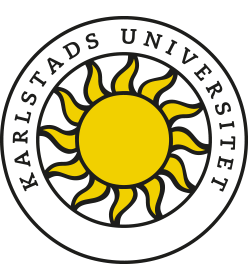Att möta det förflutna i de historiska källorna
Ett utforskande av lärande och meningsskapande genom två källtolkningsuppgifter i historia
Keywords:
HISTORY TEACHING, LIFE-WORLD, CRITICAL ASPECTS, PRIMARY SOURCE ANALYSIS, SOURCE CRITICISM, HISTORICAL CONSCIOUSNESSAbstract
The article uses a form of content focused conversation analysis to explore processes of learning and attributing meaning when upper secondary students work with two primary source assignments in history. Empirical data was collected through audio recordings of students’ collaborative work on the assignments, which consisted in analysing two primary sources in small groups. The article addresses one primary research question: what is characteristic for the processes of learning and meaning-making when students work with two source analysis assignments? As a first step, the students’ learning processes, understood as a change in participation in the learning activity, are described. As a second step, the article describes how the students’ construct meaning when working with the primary sources. The main results are descriptions of the students’ learning, and meaning-making, processes. Based on the analysis of the students’ conversations it is suggested that the temporal aspect is discerned in a contrastive process between the present and the past in terms of values, ideas and societal conditions. In relation to the human aspect the students experienced a difficult balancing act in contrasting their own perspective with the historical actor’s perspective. However, a successful strategy was to take on the role of hypothetical historical agents. Finally, in relation to the contextual aspect once the students were involved in a process of inquiry and reasoning they managed to discern subtexts of the sources in relation to the historical context. It is suggested that certain aspects of school culture might inhibit the students’ learning of primary source analysis, as they occasionally strive to find the “right answers” rather than engaging in interpretative work. One interesting finding was the vital role of the students’ life-world perspective in creating meaning while working with the primary sources, and it is suggested that this perspective should be regarded in educational design.


